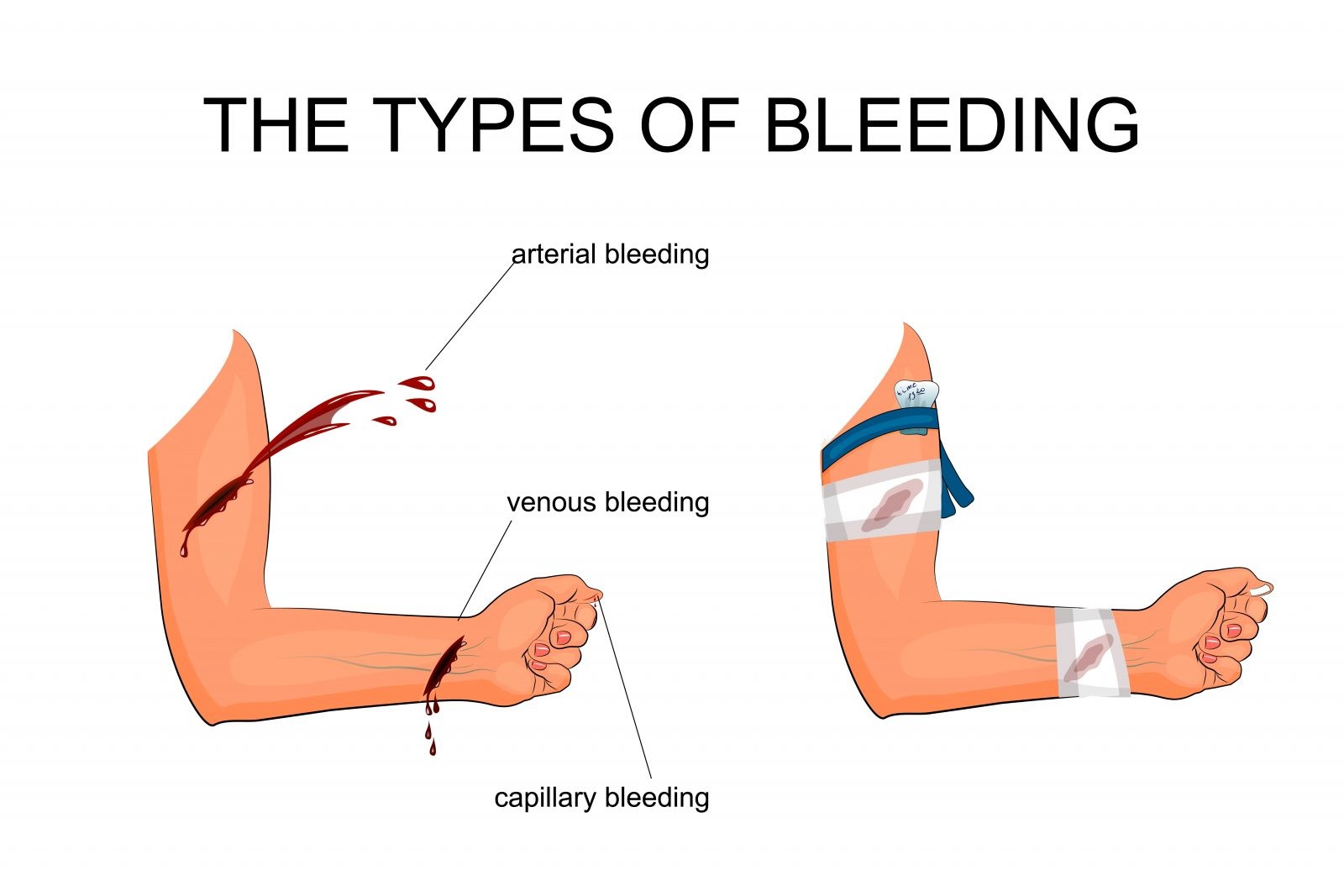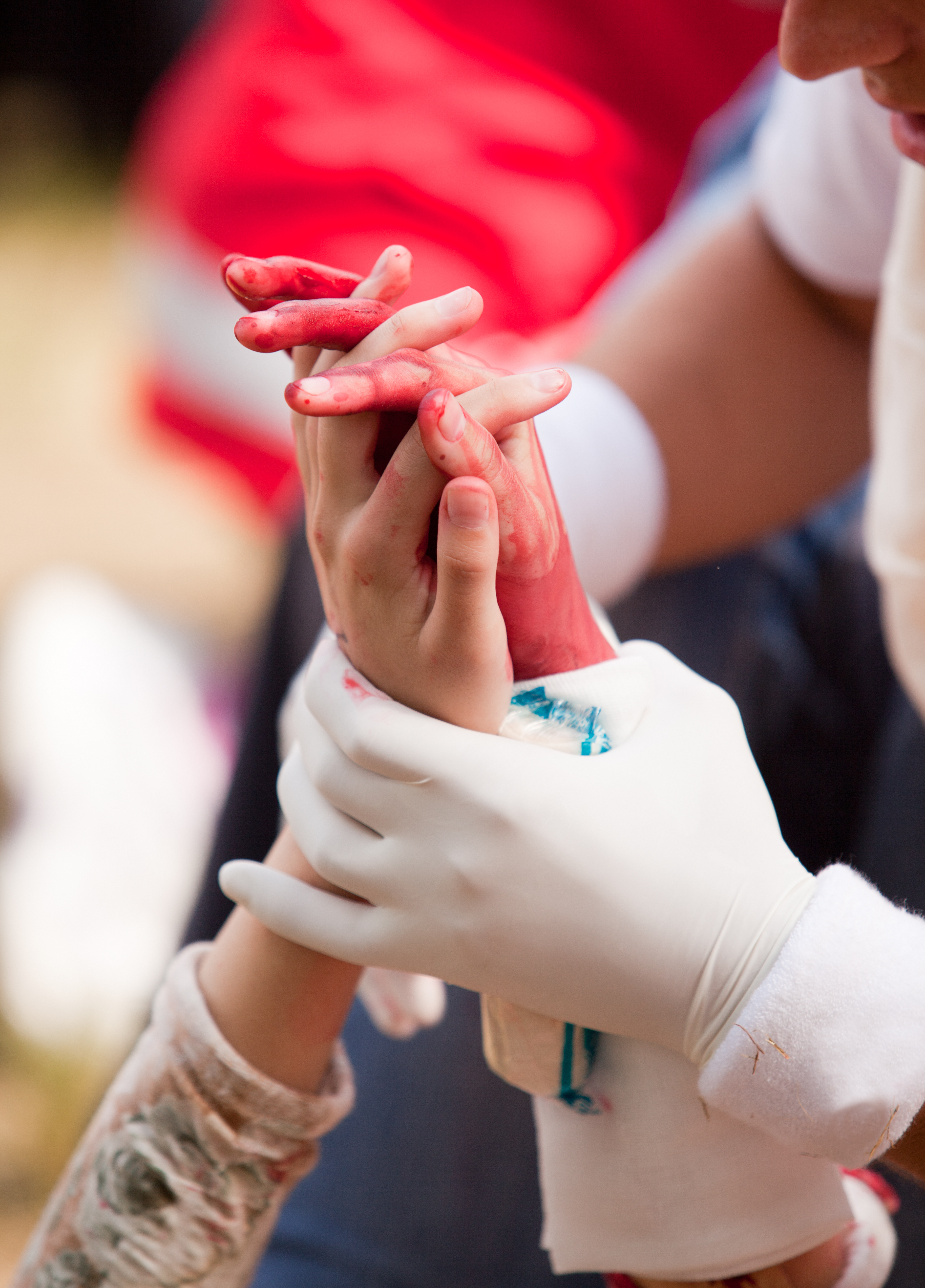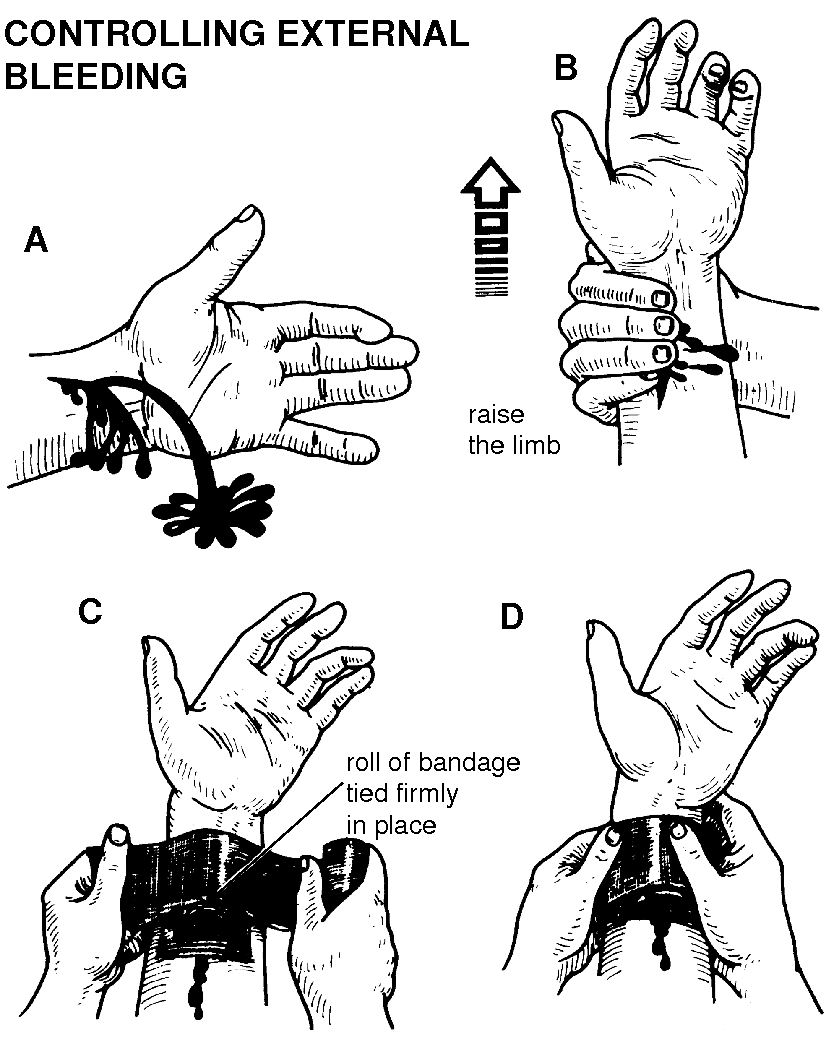Looking Good Tips About How To Control External Bleeding

First aid steps :
How to control external bleeding. This will likely stop most external bleeding. Injuries and certain medical conditions can result in bleeding. Apply firm pressure directly on the wound using a clean cloth or dressing.
Always wash your hands before (if possible). Running water will both clean the wound and help stop the bleeding. Control open bleeding by applying direct.
Bleeding is the loss of blood. Dress and bandage the wound with. Stop the bleed, a simple course to teach people how to control bleeding during the first moments after a serious injury, is gaining momentum.
The most important step for external bleeding is to apply direct pressure. Run cold water over the cut to constrict the blood vessels and. Rinse the cut with water.
It can also be internal,. Stopping the bleed. How to control severe external bleeding?
Apply pressure bandage if bleeding. If the wound is bleeding lots and doesn’t stop when you apply pressure, then call 111 for an ambulance. It can be external, or outside the body, like when you get a cut or wound.
Bleeding, also called hemorrhage, is the name used to describe blood loss. Emergency bleeding control describes actions that control bleeding from a patient who has suffered a traumatic injury or who has a medical condition that has caused. Check the affected site to assess the severity of the injury/wound.
13k views 2 years ago. Blood needs to clot in order to stop the bleeding and start the healing process.
The standard method for first aid providers to control open bleeding is to apply direct pressure to the bleeding site until it stops. Use a tourniquet as a last resort for severe bleeding only. Find out what to do.
If someone near you is externally bleeding from a wound or injury there are four methods you should know. First aid treatment for external bleeding. First aid treatment for external bleeding can be summarized as look, apply and elevate.


















